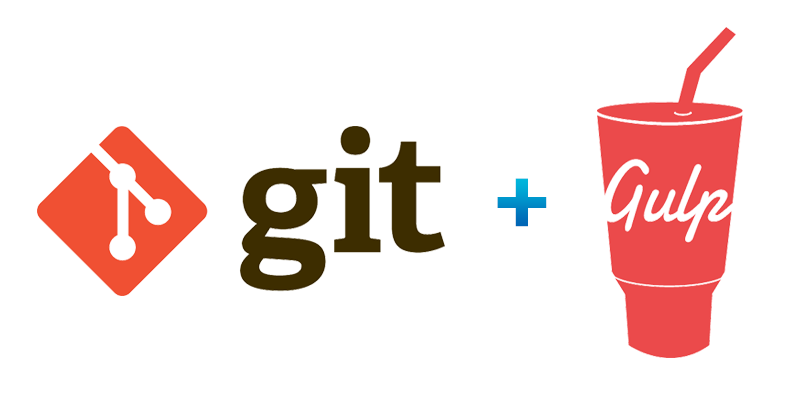This tutorial is part of a series on Gulp: Getting Started with Gulp Javascript Task Runner Compiling SASS/SCSS to CSS with Gulp Concatenate & Minify Javascript with Gulp, Improve Site Performance Once you have installed Gulp and understand the basics of creating tasks, you can start using Gulp to do real work! (If you need help installing Gulp, go back and read Getting Started with Gulp Javascript Task Runner.) In this tutorial we will use Gulp to compile SASS, SCSS or LESS to CSS, watch our files, and recompile them any time changes are detected. I'm using SCSS in...

This tutorial is part of a series on Gulp: Getting Started with Gulp Javascript Task Runner Compiling SASS/SCSS to CSS with Gulp Concatenate & Minify Javascript with Gulp, Improve Site Performance As a developer how you work is just as important as what you are working on. You should be focusing on writing good code and reducing the overhead involved with building and serving your application. Gulp can can help you achieve this by allowing you to define and run automated tasks to compile, minify, build and serve your code. Gulp is javascript task runner. It has become the...

(This tutorial assumes you are working on a Mac. Sorry, not sorry, Windows!) Purpose: to prevent pushing broken tests or erroneous code that could break your remote build. Getting Started Git has many 'hooks' that fire when important actions occur: https://git-scm.com/book/en/v2/Customizing-Git-Git-Hooks You can take advantage of these hooks to automate tasks when they fire. In this tutorial we will create a pre-commit hook to automatically test our code and abort the commit if anything fails, to keep you or your team from from pushing bad code. Where to put your hook All git repos...

This tutorial is meant to extend the one I wrote about building your own custom Ghost theme. In that post I went over the basic template files that all Ghost themes are made of: default.hbs, index.hbs, and post.hbs. In this post we will create a custom 'About Us' page template that we can link to using [myghostblog.com]/about. It's really pretty straight forward. Let's get started! Getting Started First, create a new template file in the root of your Ghost theme's template directory. The name of this file will depend on the desired URL of your...

In my last post, I explained how to install a new theme to your Ghost blog (assuming that you're able to find one you like). But, if you're picky or you want something unique, you'll probably want to build your own. This tutorial will get you started with the basics to build a custom Ghost theme. Installation If you don't already have Ghost installed locally on your machine, you should get that set up first. It will make developing and testing your theme much easier than uploading changes to a remote server. Here's a good article to get you going...
About Cassandra Wilcox
Cassandra Wilcox is a full-stack JavaScript developer, Cofounder at Code Hangar Inc., Instructor at Girls Who Code, JavaScript Instructor at Skillcrush, and Organizer of Orlando LadyDevs